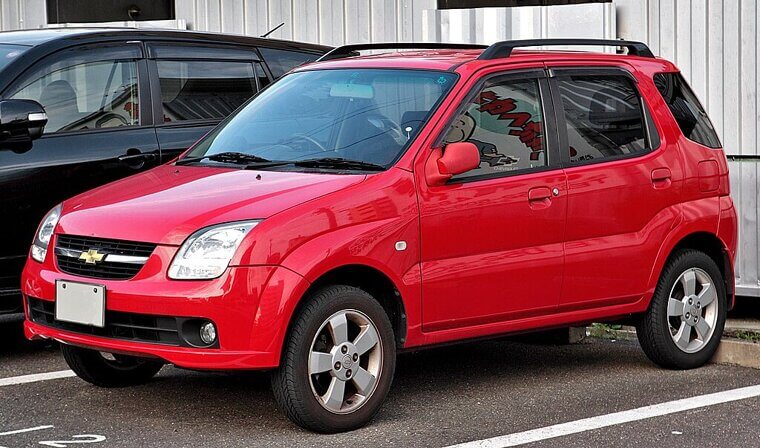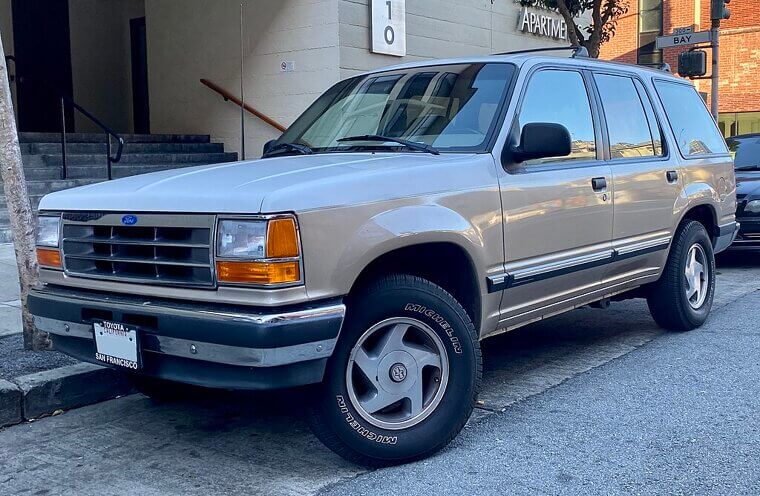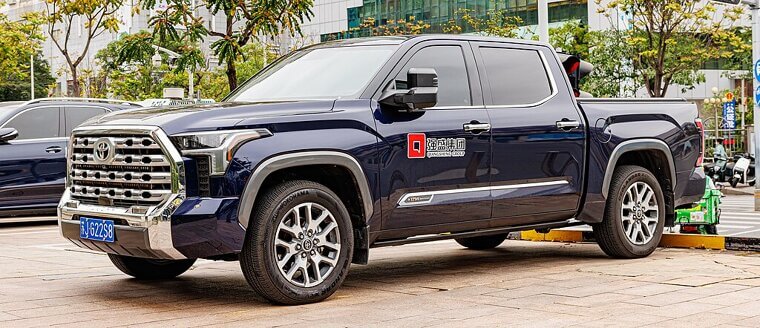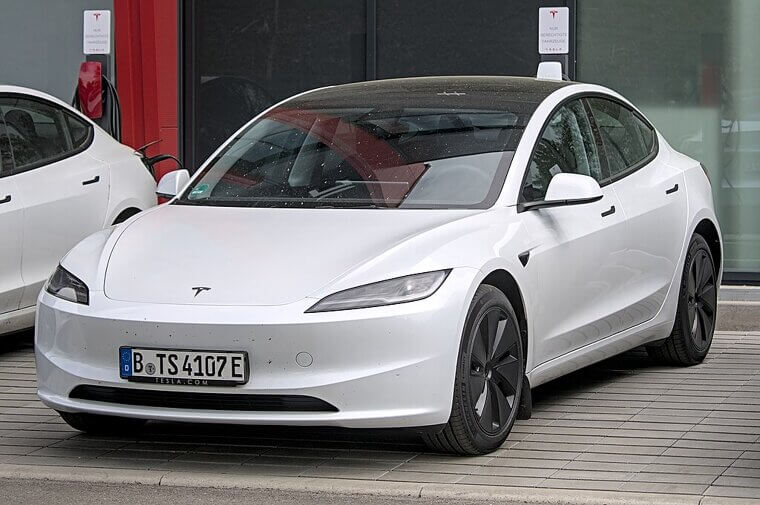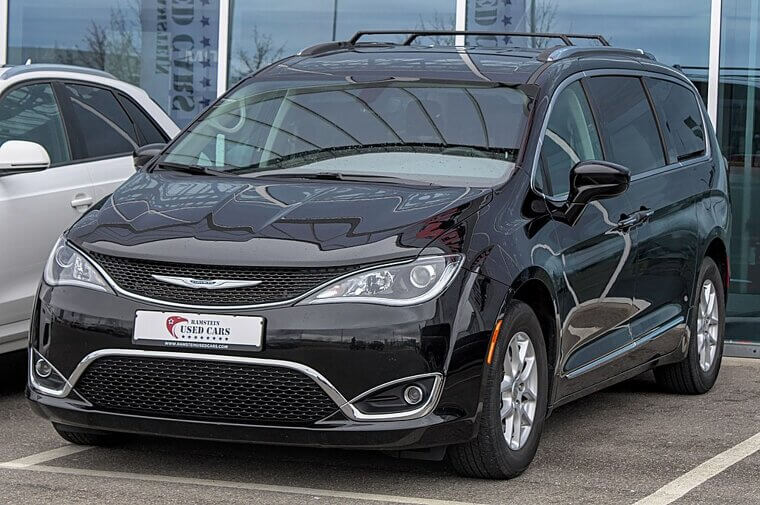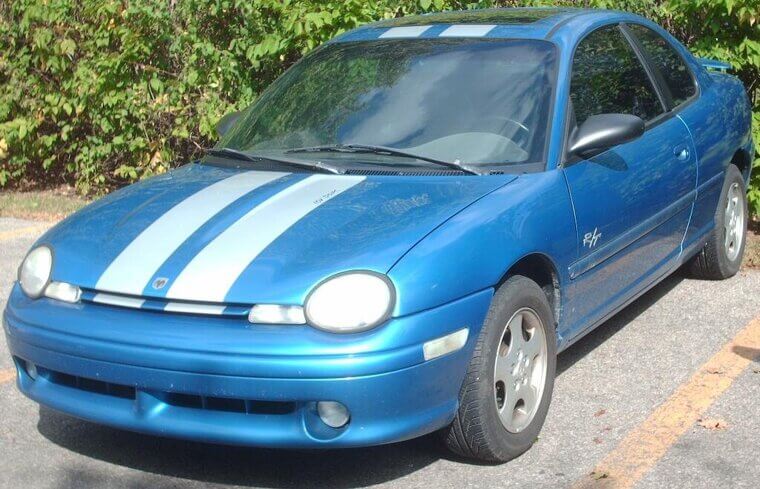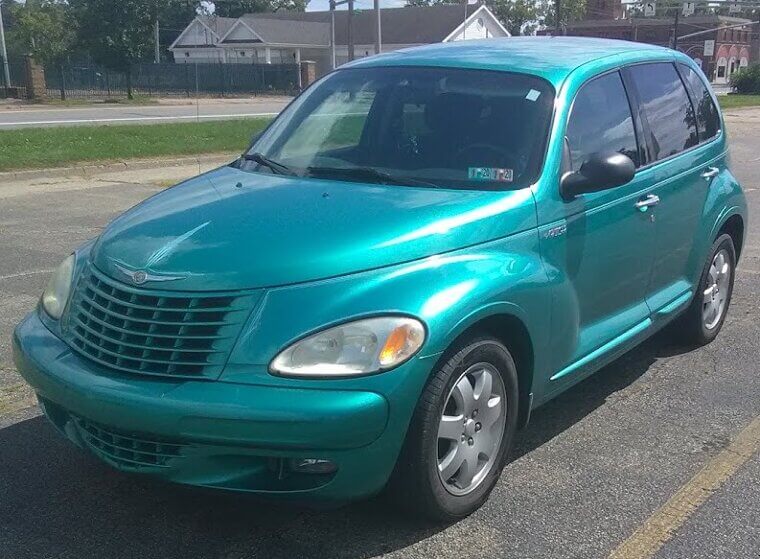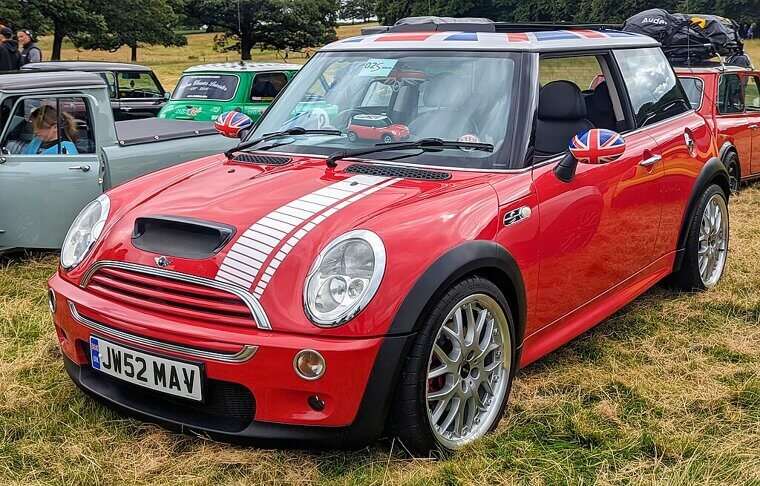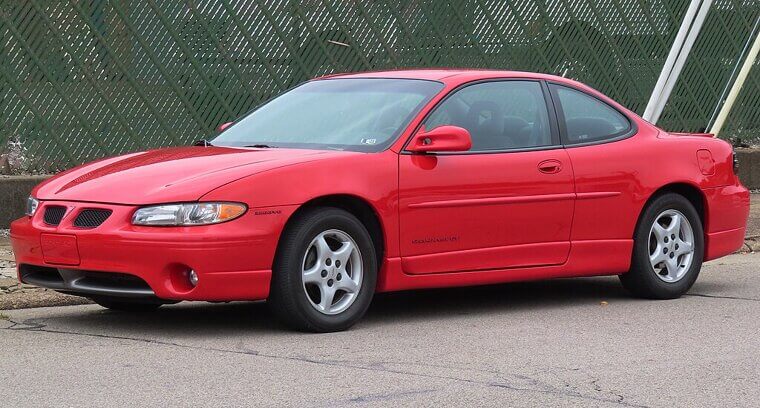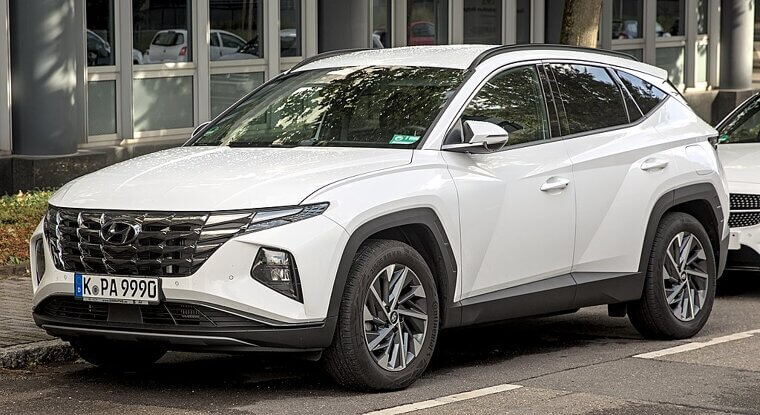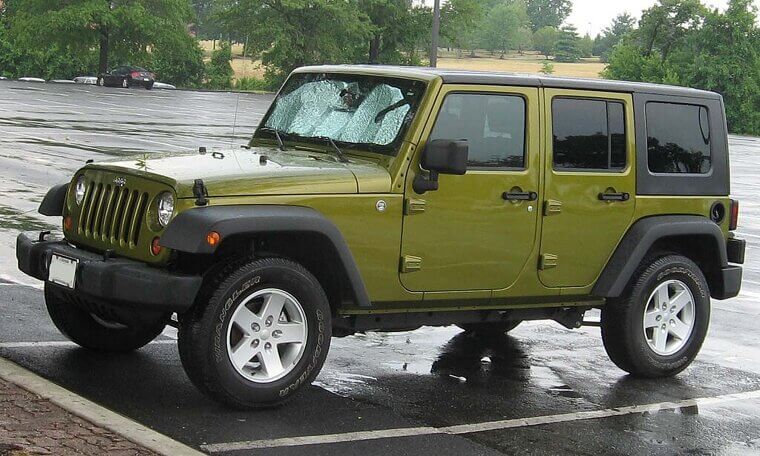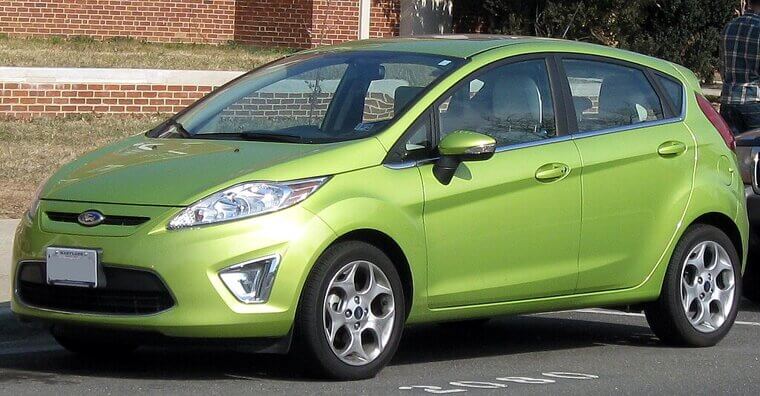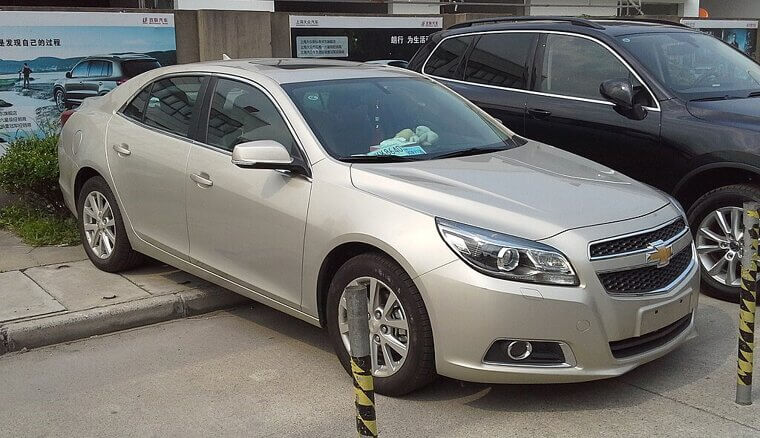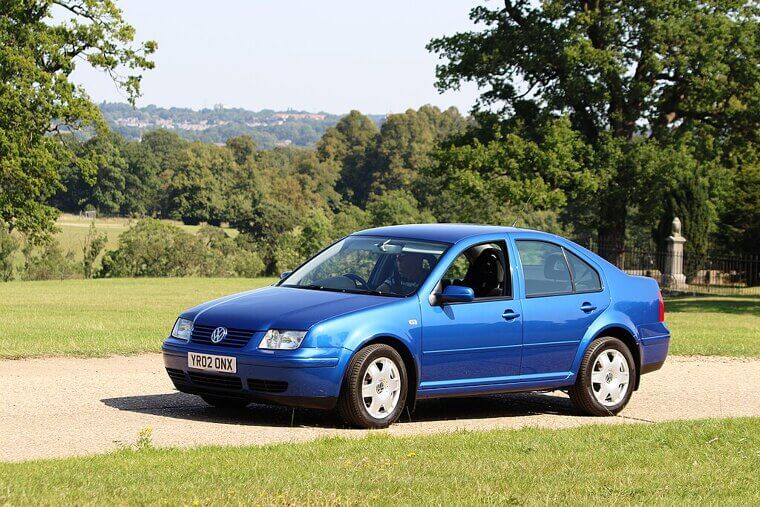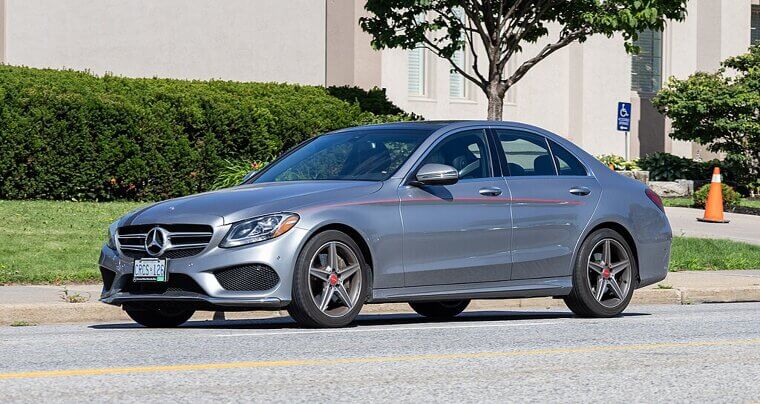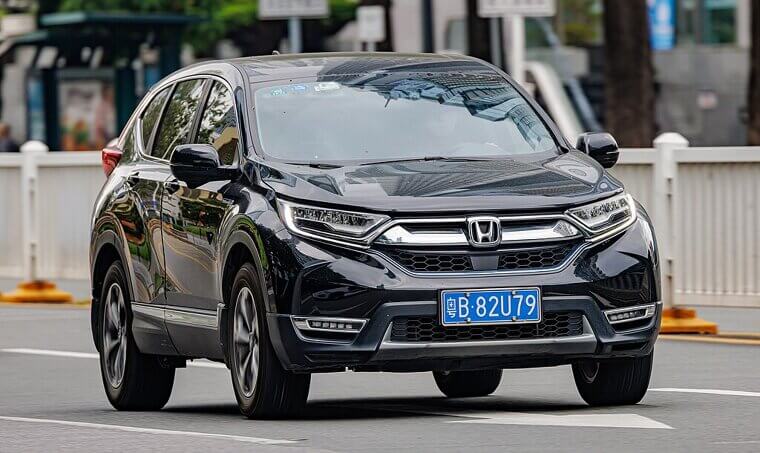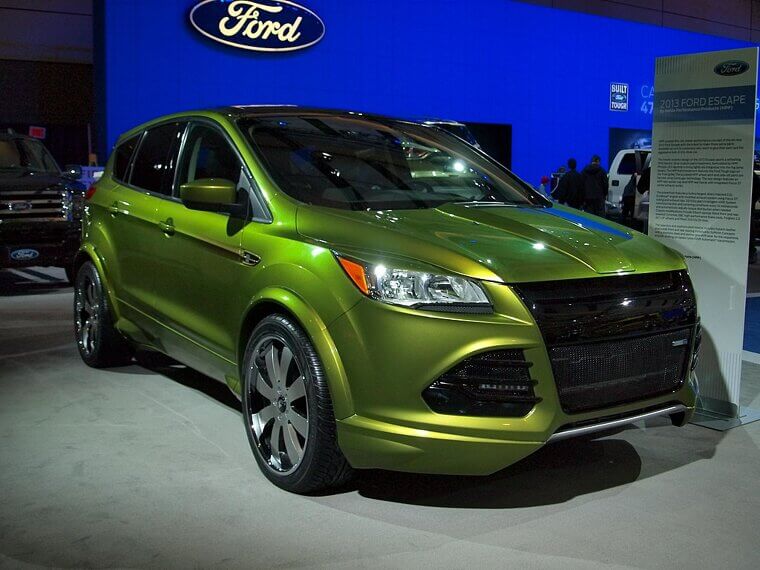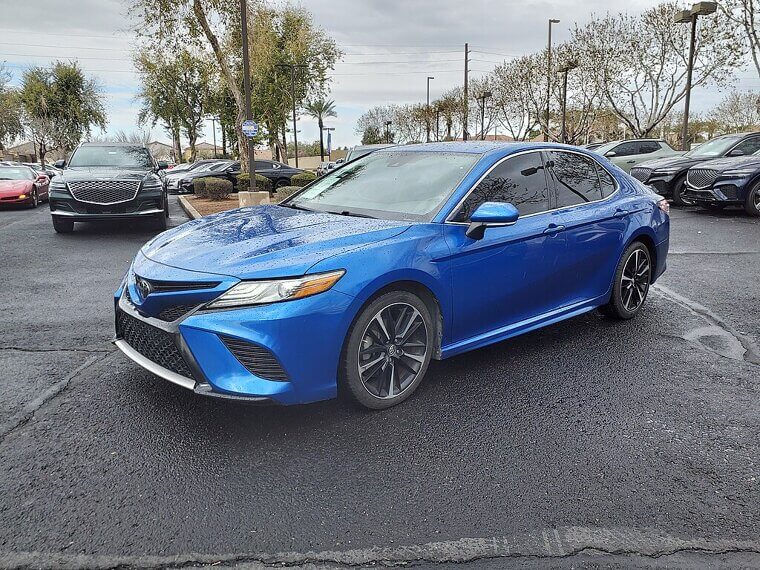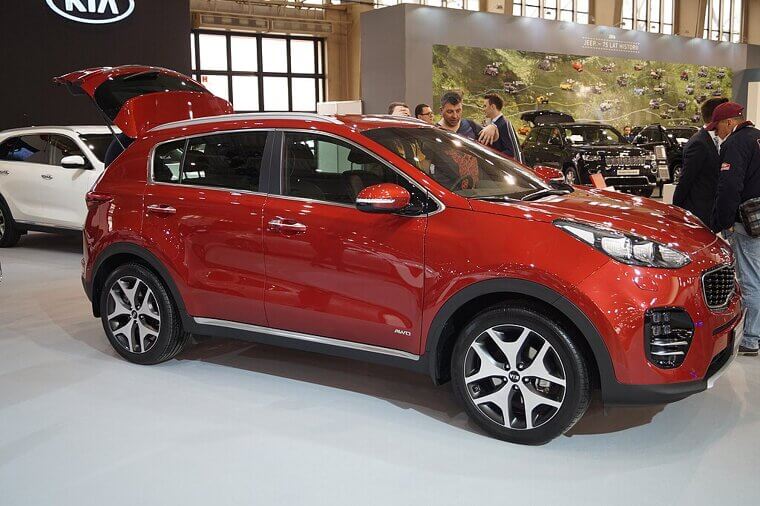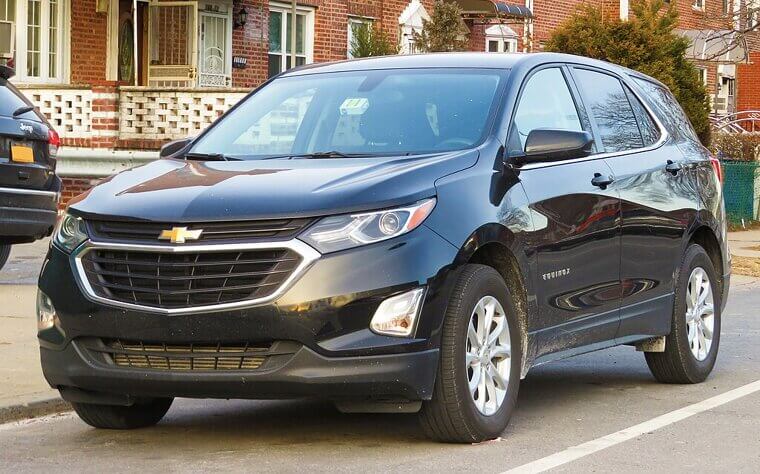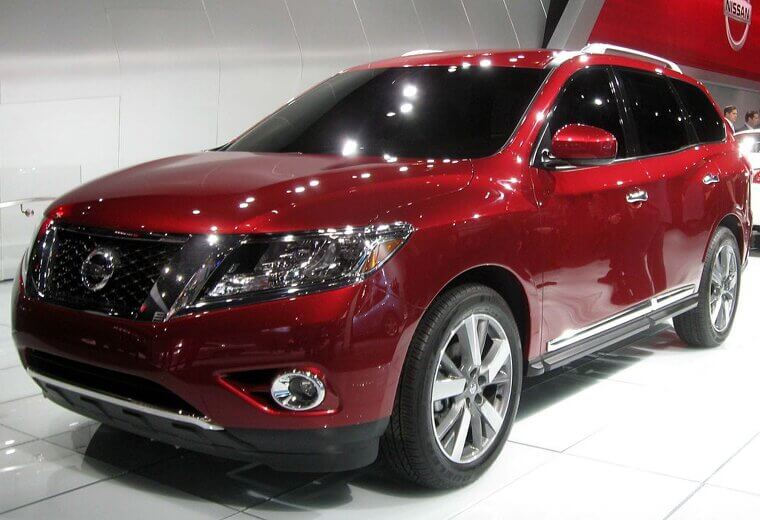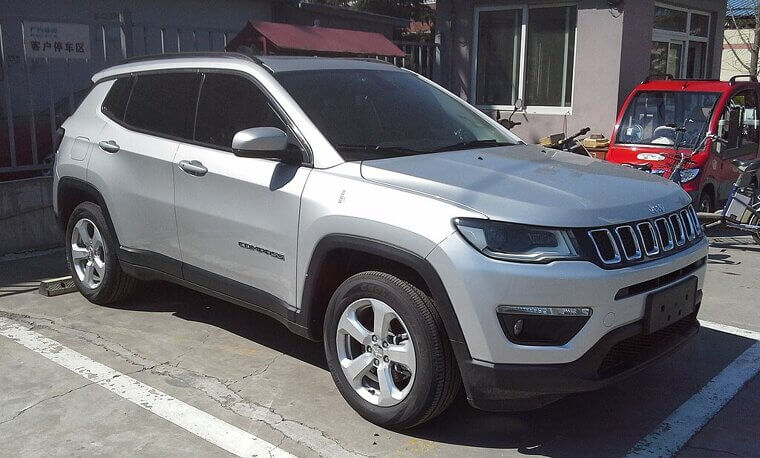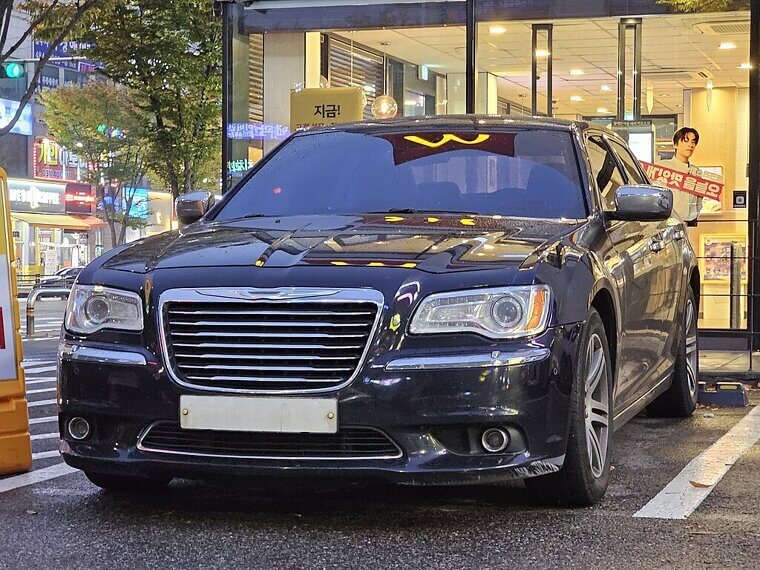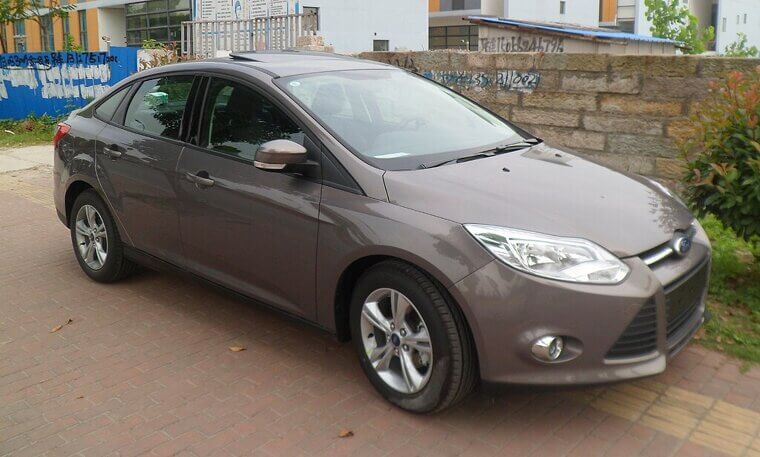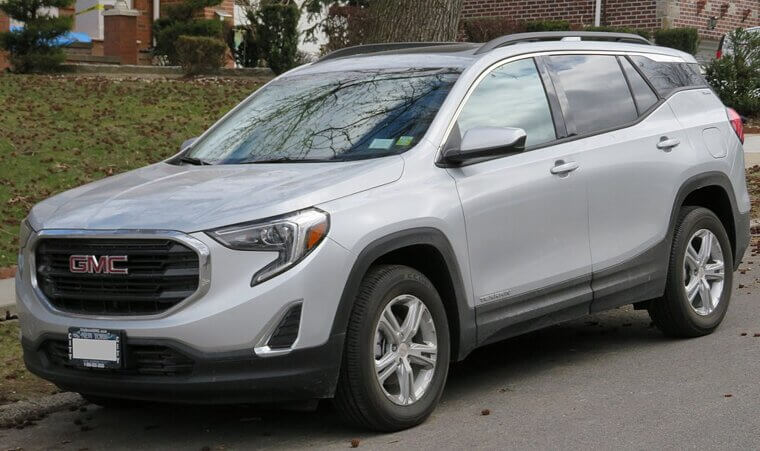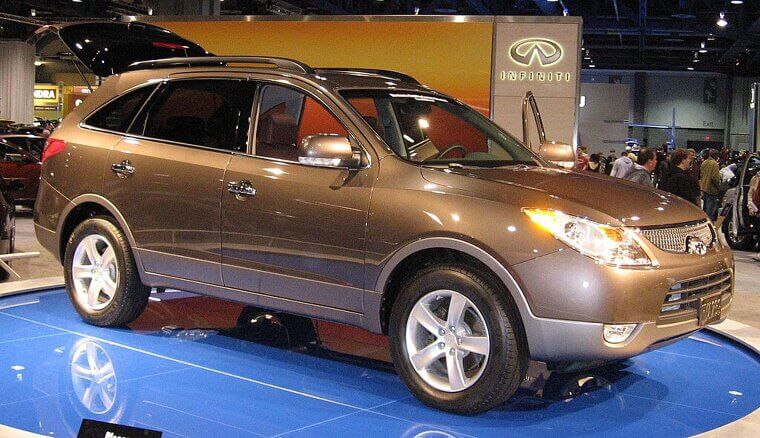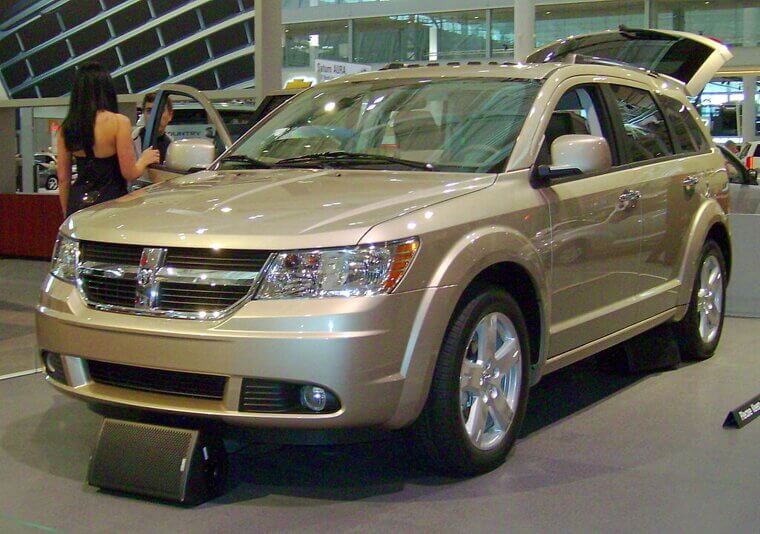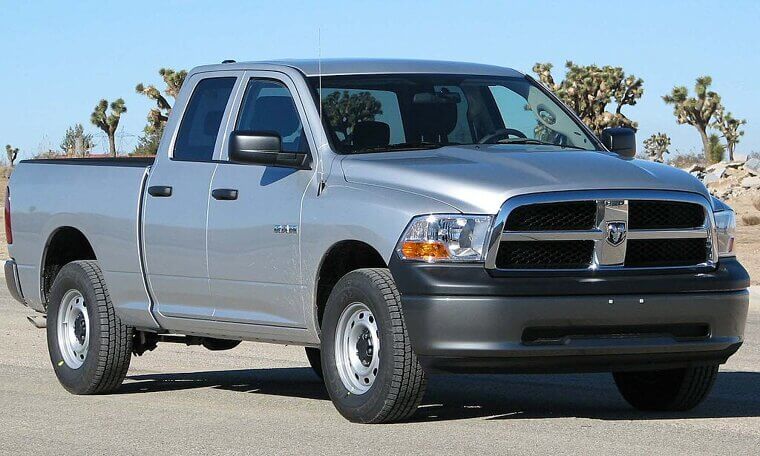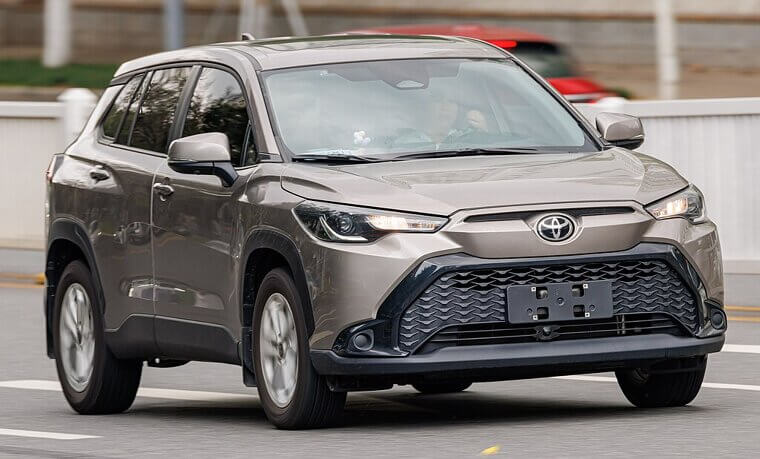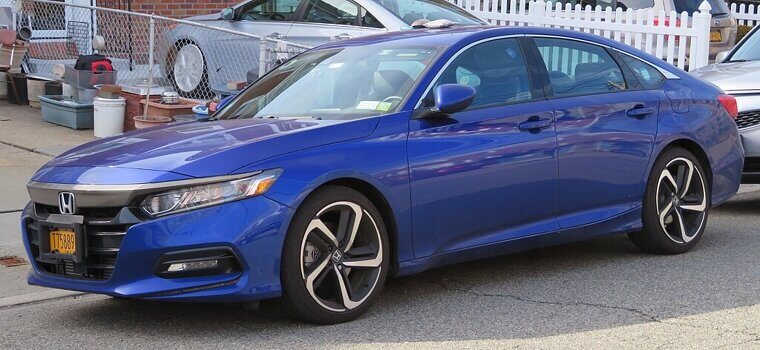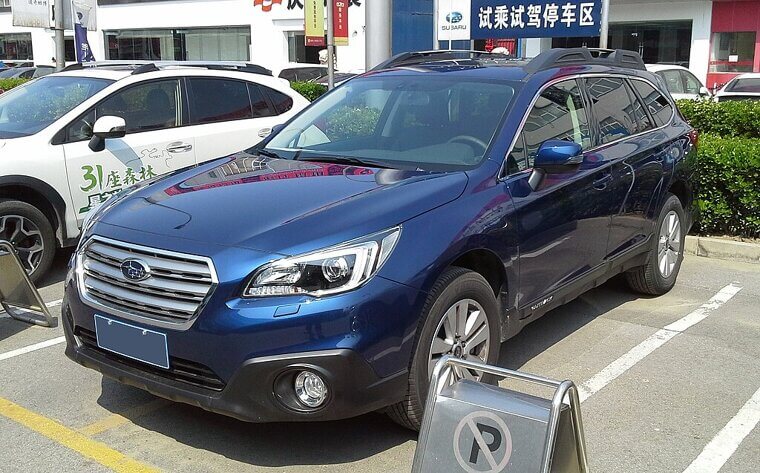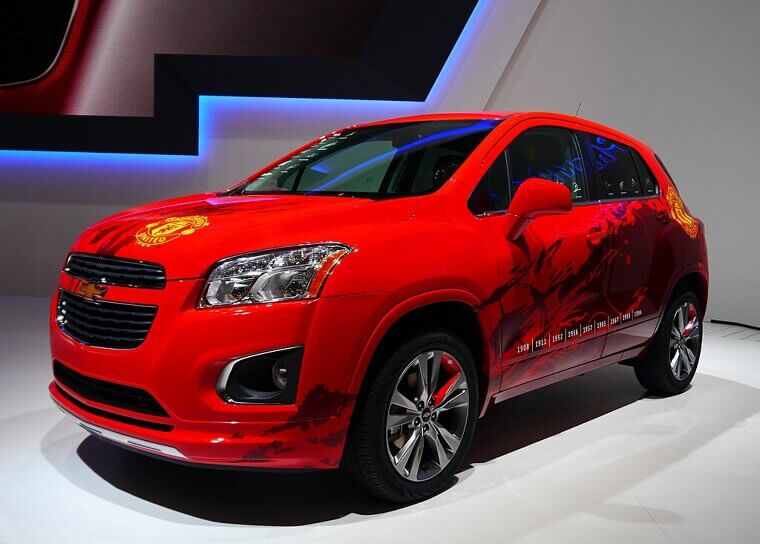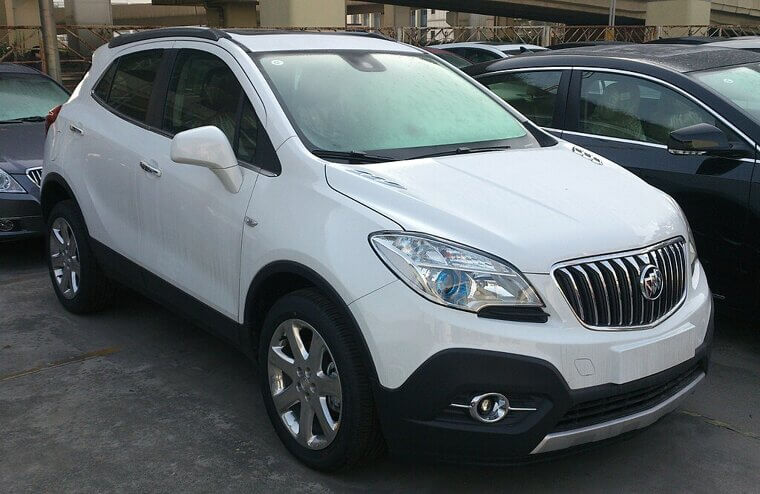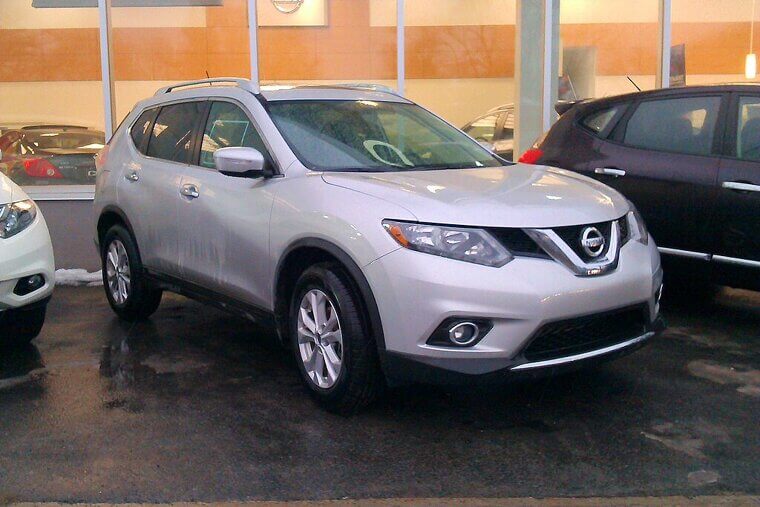Chevrolet Cruze (2008-2019)
The Cruze was compact, comfy, and frugal - until the check engine light became your co-pilot. Its turbo engines were notorious for coolant leaks and electrical gremlins, and its promised efficiency was anxiety in disguise. For a “cruise,” it required way too many pit stops.
Ford Explorer (1991-2010)
America’s favorite SUV of the ‘90s had a dark side: that infamous rollover tendency. Paired with sketchy Firestone tires, it made headlines for all the wrong reasons. Yet somehow, it kept selling; pProof that brand loyalty can survive just about anything… even physics.
Toyota Tundra (2000-2013)
The Tundra had the heart of a hero but the frame of a rust magnet. Early models practically dissolved in northern climates, with corrosion so bad Toyota had to replace entire frames. It was otherwise reliable, but that’s no comfort when your truck’s backbone turns to flakes in winter.
Tesla Model 3 (2017-Present)
The Model 3 redefined modern driving; it was smooth, silent and space-age. Then came the panel gaps, paint issues, and software hiccups that made some feel like beta testers on wheels. Still brilliant, still beloved, but occasionally glitchy enough to remind you the future still needs updates.
Chrysler Pacifica (2004-2008)
It looked like a minivan in denial - it was luxurious, sleek, and secretly full of problems. The Pacifica tried to outshine Honda and Toyota, but transmission woes and engine failures turned family trips into roadside picnics. “Luxury crossover” sounded nice until the repair bills arrived.
Dodge Neon (1994-2005)
“Hi!” chirped its ads, promising fun and affordability. What they forgot to mention was the leaky head gaskets, cheap interiors, and a ride rougher than Monday morning. The Neon was bright, alright; like a candle that burns out too soon. Still, you have to admire that optimism.
Chrysler PT Cruiser (2001-2010)
Retro cool on the outside, rental car sadness within; the PT Cruiser’s nostalgic styling couldn’t hide underwhelming engines, poor visibility, and plastic everything. It wanted to be the next Beetle; instead, it became the next Craigslist special. You didn’t drive it so much as explain it.
Mini Cooper (2002-2013)
Tiny, cheeky, and bursting with personality, the Mini Cooper made you smile until maintenance time, then the bill wasn’t mini at all. Timing chain tensioners and electrical glitches were common villains. You bought one for the charm; you stayed for the deep emotional bond you formed with your mechanic.
Pontiac Grand Prix (1997-2003)
It had muscle-car looks and a family-car heart, but under the Grand Prix’s hood lurked a literal heat problem. The 3800 V6 had a nasty habit of leaking coolant onto the engine, causing fires. It was stylish and powerful, but combustible isn’t usually a selling point.
Hyundai Tucson (2016-2021)
The Tucson was dependable, until it wasn’t. Engine stalls, recalls, and sudden shutdowns marred its otherwise solid record. Buyers loved its value, but nothing sours a commute faster than your car taking an unscheduled nap at 60 mph. Hyundai fixed much, but the early hiccups were hard to forget.
Jeep Wrangler (2007-2017)
Iconic, adventurous, and about as aerodynamic as a brick in a wind tunnel, the Wrangler’s spirit was pure freedom, but the ride was pure punishment. Steering wander, leaky roofs, and rattles galore made daily driving a test of patience. It excelled off-road, but on the blacktop it was chaotic.
Ford Fiesta (2011-2019)
Fiesta by name, fiasco by nature - the little Ford danced through corners but stumbled over its PowerShift dual-clutch transmission. Jerky starts, slipping gears, and lawsuits followed like confetti after a parade. It was a joy to drive when it worked - emphasis on “when.”
Chevrolet Malibu (2014-2018)
The Malibu had sleek looks and family-friendly manners… until gremlins crept in. Transmission hesitations, start-stop quirks, and cheap interior trim dulled the shine. It tried to be sophisticated, but there’s nothing elegant about stalling at a stoplight. It was a smooth talker that occasionally forgot its own lines.
Volkswagen Jetta (2019-2024)
The Jetta nailed that Euro-sedan charm; however, under the veneer lay fragile electronics and infotainment tantrums. Buttons vanished, sensors sulked, and owners sighed. It drove beautifully, until it threw a tantrum - then it became haunted by gremlins of the digital age.
Mercedes‑Benz C‑Class (2022-2025)
Luxury? Absolutely. Flawless? Not quite! The latest C-Class dazzled with tech and polish then baffled with software bugs and finicky touch controls. It was a symphony of sensors - until one note went flat.Still, even the finest orchestra occasionally hits a wrong key.
Honda CR‑V (2017-2022)
Honda’s golden child had a surprising blemish - its 1.5-liter turbo loved to turn oil into a fuel smoothie. Gas dilution became a headline, and owners weren’t amused. Otherwise brilliant, this hiccup left a stain on Honda’s squeaky-clean rep, otherwise it would’ve been a near-perfect family car.
Ford Escape (2013-2019)
Escape by name, breakdown by habit, this crossover packed great tech and style but wrestled with engine fires and coolant leaks. Nothing ruins a road trip like smoke signals from under the hood. The Escape had the looks, the power… and occasionally, the pyrotechnics.
Toyota Camry (2018-2023)
The Camry’s reputation is bulletproof, but even heroes have their kryptonite. The newer models faced transmission hesitation and overly sensitive driver assists. Nothing catastrophic, just irksome. It’s still dependable, still the teacher’s pet - just a bit too eager to prove it.
Kia Sportage (2016-2021)
The Sportage was compact, stylish, and surprisingly punchy - until the engines went on strike. The 2.4-liter units were infamous for bearing failure and sudden silence. Kia offered recalls, but the damage to confidence was done. It was fun while it lasted, but it had commitment issues.
Chevrolet Equinox (2018-2023)
The Equinox struck a perfect suburban chord: roomy, modern, and family-approved. But its small turbo engines were oil drinkers, thirstier than a frat house on game night. Add in glitchy electronics, and you’ve got a crossover that sometimes crossed over into maintenance purgatory.
Nissan Pathfinder (2013-2020)
A name like Pathfinder suggests adventure, but this one often lost the trail. Its CVT transmissions whined louder than its drivers, and shuddering shifts turned road trips into endurance tests. It’s big, comfy, and good-looking, but that gearbox drama turned finding the “path” into a maze.
Jeep Compass (2017-2022)
The Compass promised direction but delivered detours. Transmission lag, engine hesitation, and random stalls were its north stars. It looked tough and off-road ready, yet struggled to merge gracefully onto highways. If you want precision navigation, you’d best bring an actual compass.
Chrysler 300 (2011-2019)
The Chrysler 300 oozed swagger; that square-jawed, mafioso-on-date-night vibe. However, beneath the confidence lurked gremlins in the electronics and unreliable transmission sensors. It offered luxury until it decided to moonlight as a Christmas tree of warning lights. Still, it had presence - when it ran, it ruled.
Ford Focus (2012-2018)
Like its Fiesta sibling, the Focus had all the right moves - until the PowerShift transmission showed up again, late and uninvited. Jerks, slips, and shudders became its unwanted signature dance. Sharp handling couldn’t save it from driver frustration. It was a car cursed by its own ambition to multitask.
GMC Terrain (2018-2024)
The Terrain had big crossover energy; bold lines, smart tech, and comfort to spare. Unfortunately, its nine-speed transmission had a flair for hesitation, making acceleration feel more like negotiation. It was a solid ride with good looks, but occasionally indecisive under pressure. It could climb any hill. As long as it thought about it first.
Hyundai Veracruz (2007-2012)
The Veracruz had luxury aspirations and Hyundai’s usual reliability… mostly. Hidden beneath the calm exterior, though, were transmission failures and engine hiccups that came at the worst times. It was graceful, refined, and then - thunk. It aged beautifully right up until it didn’t.
Dodge Journey (2009-2020)
The Dodge Journey was the SUV that just wouldn’t quit… or evolve. Outdated tech, sluggish performance, and cheap interiors haunted its decade-long run. It sold well, but mainly on discounts. It was the motel breakfast of cars - it gets the job done, but no one’s coming back for seconds.
Ram 1500 (2009-2020)
The Ram 1500 could tow a house and charm your neighbors, but it had a soft spot for rust, electrical gremlins, and unreliable air suspensions. The brawn was real, the finesse not so much. Like a bodybuilder with bad knees, it impressed on sight then struggled with the heavy lifting.
Toyota Corolla (2020-2023)
The Corolla is the poster child for reliability, but even golden children have acne. Some newer models suffered from transmission shudder and infotainment quirks that made simple drives oddly dramatic. Still a rock-solid daily driver, but perfection’s a moving target - and this one occasionally missed by a hair.
Honda Accord (2018-2022)
The Accord was (and still is) the straight-A student of sedans; polished, practical, endlessly composed. But its turbo engines had an appetite for oil, and the start-stop system often felt more start-stumble. Still, even its flaws were well-mannered.
Subaru Outback (2015-2019)
Adventure chic and dog-owner approved, the Outback was a lifestyle as much as a car. But head gasket gremlins and touchscreens prone to existential crises gave it a few wrinkles. It was rugged until it decided to camp out at the service center.
Chevrolet Trax (2015-2022)
The Trax was city-sized and budget-friendly - a plucky underdog in a world of giants. Unfortunately, its underpowered engine and stiff ride made “plucky” feel more like “plodding.” It handled urban life like a caffeinated hamster on roller skates: enthusiastic, shaky, and bound to squeak eventually.
Buick Encore (2013-2019)
The Encore whispered quiet luxury, but beneath the soft seats and gentle hum was a 1.4-liter engine with commitment issues. Turbo lag, oil leaks, and transmission tantrums were all part of the show. It wanted to be premium, but the illusion cracked just enough to let a little oil seep through.
Nissan Rogue (2014-2020)
The Rogue was everywhere - dependable, popular, and endlessly convenient. But its CVT transmission turned long drives into a droning endurance test. Add in early build quality complaints, and you had a car that almost lived up to its name. It was reliable, yes… but it often went rogue in the least exciting ways.

